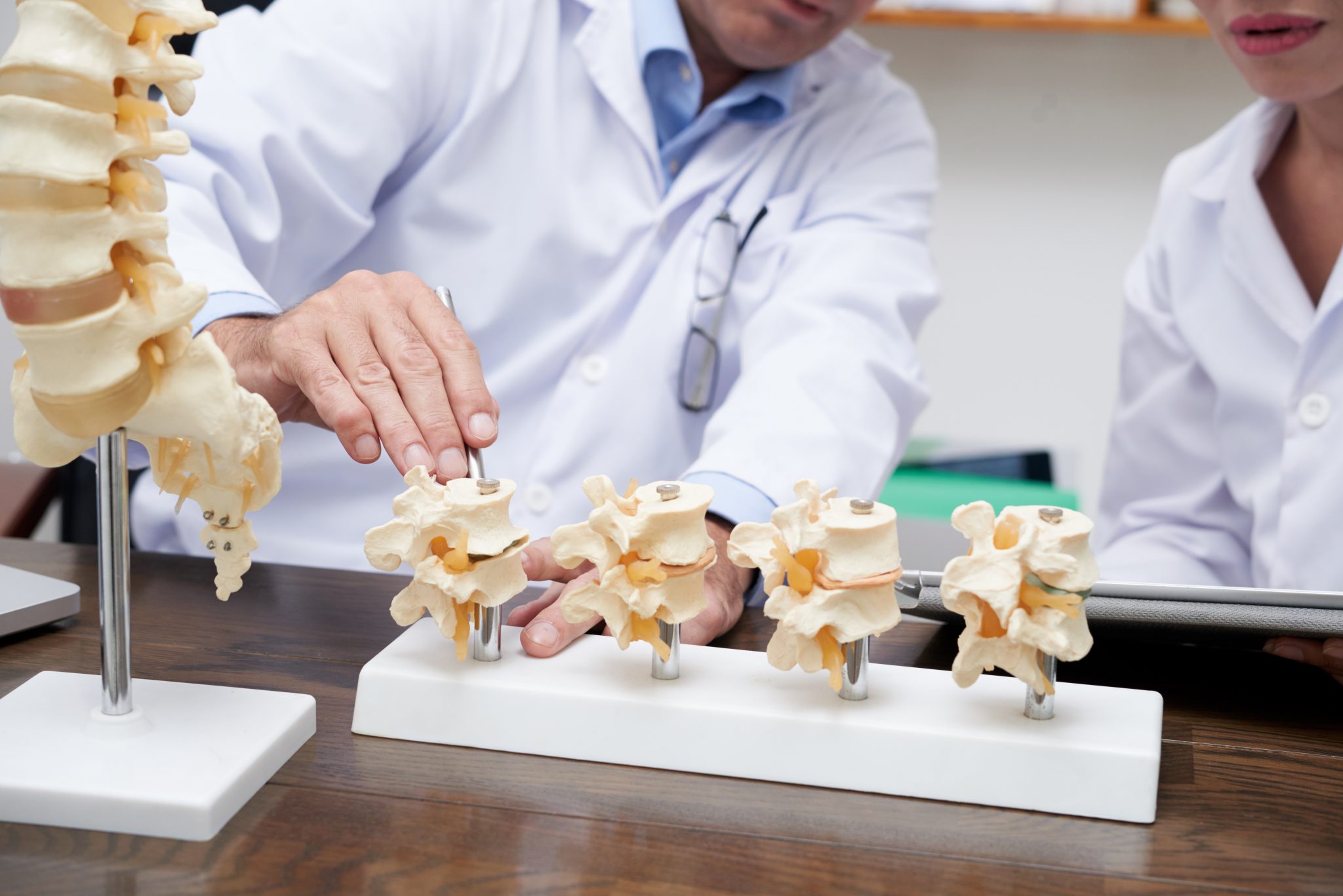The spine is one of the most complicated and amazing structures within the human body. Within the spinal cord, there are millions of complex connections and processes which communicate with the brain and allow us to do…everything we do on a daily basis. In this article, we will outline 5 of the most amazing facts about the spine.
Our Spinal Cords Enable Us to Walk, Even Without Brain Input
Central Pattern Generators are neural connections that allow us to perform rhythmic, repeated activities. Activities that can be controlled by Central Pattern Generators include activities such as walking, breathing, swimming, and similar processes.
Through numerous studies, researchers have found that people (and animals) can continue to produce repeated movements such as stepping, without necessarily needing input from the brain.
Of course, in a normal situation, our brains will always help to modulate and control our stepping patterns. But it’s amazing to realize that the spinal cord can regulate such complicated activities all on its own!
Breakfast at 7, Lunch at 12, Dinner at 5
The three primary components of the spine (excluding the sacrum and coccyx) each have a different number of vertebrae. In the cervical spine (the neck), there are 7 vertebrae. Moving down to the thoracic spine (the upper/mid-back), we find 12 vertebrae. And finally, within the lumbar spine (the low back), we find 5 vertebrae.
An easy way to remember the number of vertebrae in the different sections of the spine is to think of the average times when people eat their daily meals: breakfast at 7 (cervical), lunch at 12 (thoracic), dinner at 5 (lumbar).
There are also 5 fused vertebrae in the sacrum and 4 fused vertebrae in the coccyx. Unfortunately, it’s hard to fit those into our saying about meal times.
The Highest Vertebrae are Called The Atlas and The Axis
If you’re familiar with Greek mythology (or even if you’re not), you have probably heard of the titan Atlas. Atlas was forced to hold up the earth after participating in a battle against the leader of the gods, Zeus.
The Atlas in our spines has a very important job. It is the direct connection between the skull and the rest of the spine. When this bone breaks, the consequences can be devastating.
The vertebrae directly below the Atlas is known as the Axis. When this bone breaks, the injury is often referred to as a “Hangman’s Fracture,” due to this bone often breaking when someone is hung from the neck.
Some People Have Extra Vertebrae in their Spines
In relatively rare cases, some people will have a sixth lumbar vertebra. In most cases, an extra vertebra is not a cause for concern, and most people may not ever even know they have one unless they have an x-ray of the area.
So if you are one of the few who has an extra lumbar vertebra, you have nothing to worry about. it’s simply a unique fixture that you can use as an anecdote at your next cocktail party.
About 3 Percent of the Population has Scoliosis
Scoliosis is an abnormal curvature of the spine. According to data from the American Association of Neurological Surgeons, roughly 2-3 percent of the population has scoliosis.
Depending on the Cobb Angle, which is how scoliosis is often diagnosed, some providers may recommend treatment to correct the abnormality. However, scoliosis doesn’t necessarily require surgery. There are many exercises and treatments that can help to reduce the angle of curvature and the associated symptoms of the condition.
Keystone Chiropractic: Your Chiropractors in Plano, TX
If you’re experiencing issues with your spine, or just want to get a preventative checkup, schedule your appointment with the professionals at Keystone Chiropractic today!





